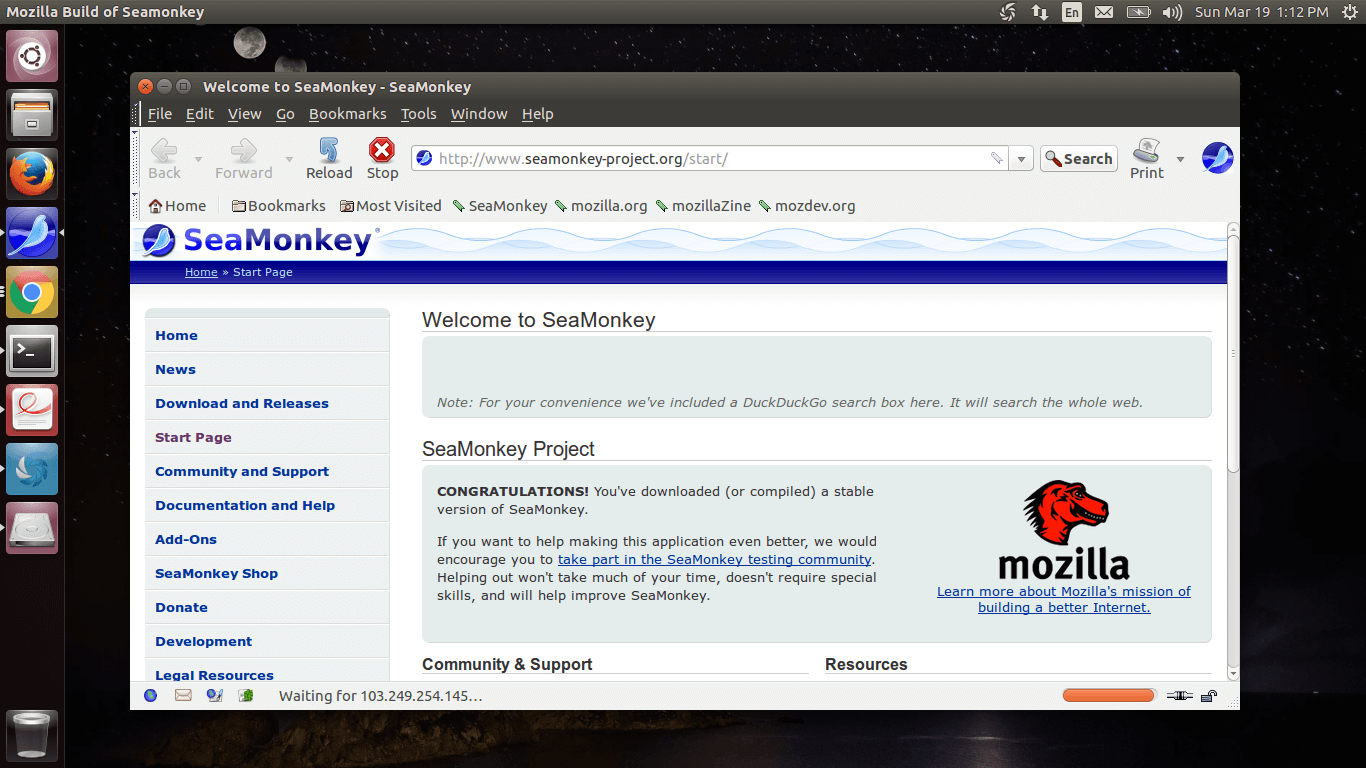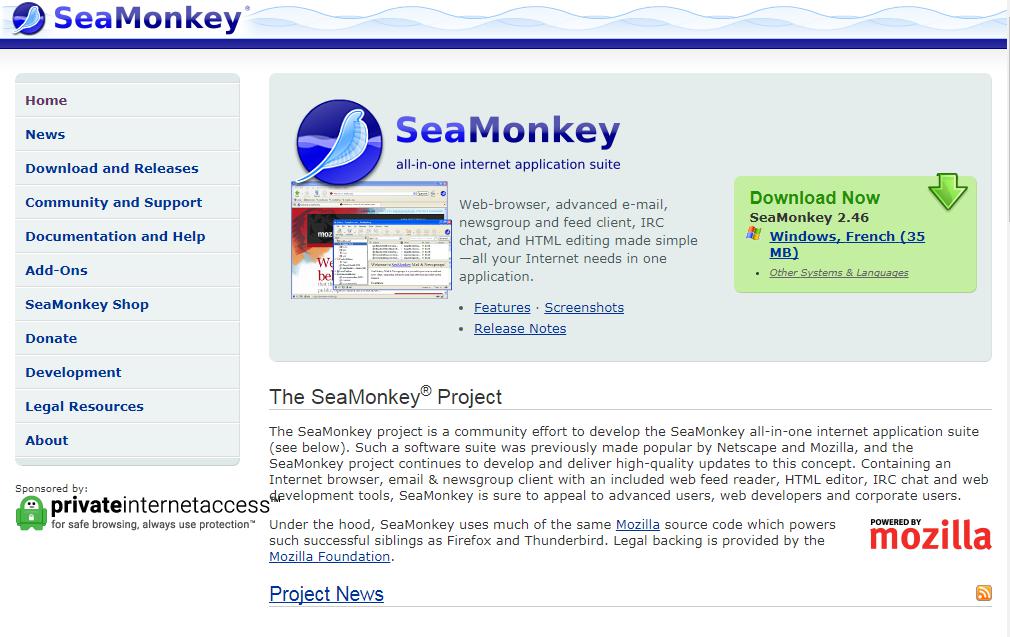
In that respect why does every browser have to look like Google Chrome? Unless Google has stipulated that in order to receive continued financial support for Firefox tabs must be placed above the location bar there’s no unearthly reason why Mozilla should place them above it and prevent users from reverting to the previous style.

However, that’s obviously not the case given your contradiction.īut I still think it’s a shame that Mozilla is being choosy about which extensions they propose to support and CTR is one of the important ones for me because it allows me to place tabs below the location bar. OK, understood: I took Appster’s comment that you were a Mozilla Representative to mean that you were employed by them. Now You: What's your take on the revelation? Good news is that SeaMonkey won't go away, so that users who use it currently will be able to continue using it provided that they don't mind the changes that will be introduced based on the changes that Mozilla makes. SeaMonkey is a niche product, and the team that is behind the browser suite is well aware of that. The SeaMonkey Council is looking for support, not only financially, but also for contributors who help develop or maintain the web browser. This may be a definitive no at this point in time, but the team acknowledges that this may change in the future.īased on how successful Mozilla is, or if one of the forks gain ground, this might change in the future. SeaMonkey decided against switching over to one of the Gecko - Firefox's rendering engine - forks because they "do not have enough developers themselves to cope with the changes Mozilla plans", and because it is unclear whether they manage to keep up with the evolving web tech landscape. The current developer base is much too small to do our own fork. It is unclear how long we will be able to support classic extensions.Īlso, we are not planning to support any abandoned stuff like classic extensions and NPAPI plugins on our own. The most critical issue is to support web extensions in one of the next releases. The team makes it clear that it does not plan to support features that Mozilla plans to drop, or has dropped already.



This means that SeaMonkey will continue to support features such as the classic add-on system for a while longer before it is dropped (when the next ESR release hits).
#SEAMONKEY 2.46 CODE#
This means, for the next couple of releases, that the team can continue to work on the current code base as security patches and bug fixes will mostly land in that time. Gecko versionįirefox 24, Thunderbird 24, SeaMonkey 2.21įirefox 18, Firefox OS 1.0, SeaMonkey 2.15įirefox 17, Thunderbird 17, SeaMonkey 2.14įirefox 16, Thunderbird 16, SeaMonkey 2.13įirefox 15, Thunderbird 15, SeaMonkey 2.12įirefox 14, Thunderbird 14, SeaMonkey 2.11įirefox 13, Thunderbird 13, SeaMonkey 2.10įirefox 12, Thunderbird 12, SeaMonkey 2.9įirefox 11, Thunderbird 11, SeaMonkey 2.8įirefox 10, Thunderbird 10, SeaMonkey 2.7įirefox 4, Thunderbird 3.3, SeaMonkey 2.1įirefox 3.5, Thunderbird 3, SeaMonkey 2.0įirefox 1.5, Thunderbird 1.5, SeaMonkey 1.0įirefox 1.0, Thunderbird 1.0, Nvu 1.0, Mozilla Suite 1.The SeaMonkey council plans to switch to Firefox ESR after the release of SeaMonkey 2.48. Note that after Gecko 2.0, both Firefox and Thunderbird versions are from then on the same as the Gecko version number, at Gecko 5.0. The following table shows the various versions of Gecko and what versions of common applications are based on them.


 0 kommentar(er)
0 kommentar(er)
